Crew 15 Survivors 7 Number of deaths 264 Destination Nagoya Airfield Survivor 7 | Passengers 256 Fatalities 264 Date 26 April 1994 Injuries (nonfatal) 7 | |
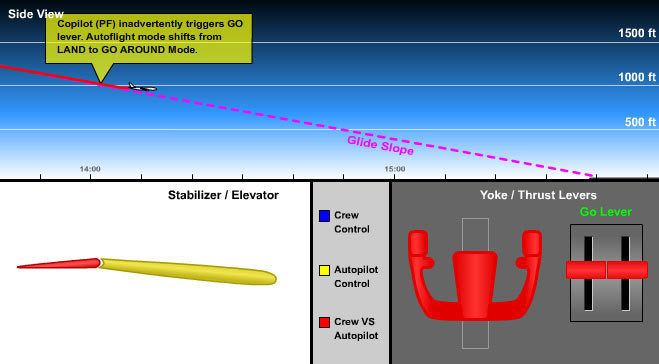 | ||
Summary Stall caused by pilot error Similar China Airlines Flight 676, China Airlines Flight 611, American Airlines Flight 587, Saudia Flight 163, China Airlines Flight 120 | ||
China Airlines Flight 140 was a regularly scheduled passenger flight from Chiang Kai-shek International Airport (Now Taiwan Taoyuan International Airport) serving Taipei, Taiwan, to Nagoya Airport in Nagoya, Japan. On 26 April 1994, the Airbus A300B4-622R was completing a routine flight and approach, when, just before landing at Nagoya Airport, the First Officer inadvertently pressed the Takeoff/Go-around button (also known as a TO/GA) which raises the throttle position to the same as take offs and go-arounds.
Contents
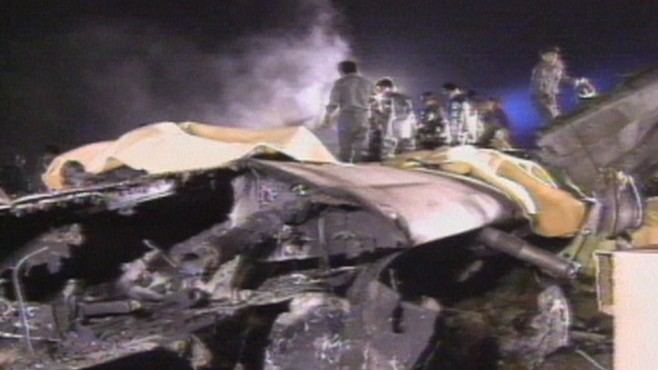
Pilot Wang Lo-chi (Chinese: 王樂琦; pinyin: Wáng Lèqí) and copilot Chuang Meng-jung (莊孟容; Zhuāng Mèngróng) attempted to correct the situation by manually reducing the throttles and pushing the yoke downwards. The autopilot then acted against these inputs (as it is programmed to do when the TO/GA button is activated), causing the nose to pitch up sharply. This nose-high attitude, combined with decreasing airspeed due to insufficient thrust, resulted in an aerodynamic stall of the aircraft. With insufficient altitude to recover from this condition, the subsequent crash killed 264 (15 crew and 249 passengers) of the 271 (15 crew and 256 passengers) people aboard. All passengers who survived the accident were seated in rows 7 through 15.
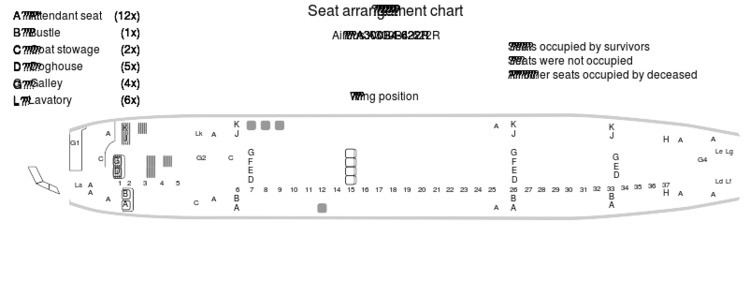
The crash, which destroyed the aircraft (delivered less than 3 years earlier in 1991), was attributed to crew error for their failure to correct the controls as well as the airspeed.
To date, the accident remains the deadliest accident in the history of China Airlines, and the second-deadliest aviation accident on Japanese soil, behind Japan Airlines Flight 123. It is also the third-deadliest aviation accident or incident involving an Airbus A300, after Iran Air Flight 655 and later American Airlines Flight 587.
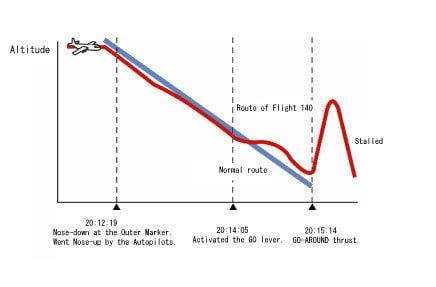
Passengers
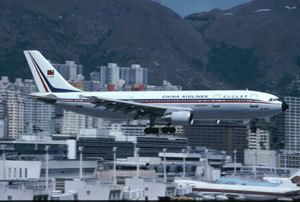
Most of the passengers were Taiwanese and Japanese; 153 Japanese and 101 non-Japanese were on the flight. Most of the Japanese passengers were returning from package tours. An official from the airline said that 63 of the passengers were Taiwanese.
Chronology of the flight
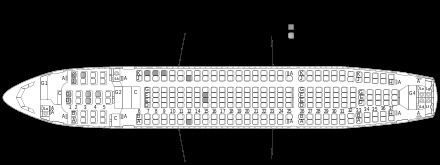
The flight took off from Chiang Kai-shek International Airport at 16:53 Taiwan Standard Time bound for Nagoya Airport. The en-route flight was uneventful and the descent started at 19:47, and the airplane passed the outer marker at 20:12. Just 3 nautical miles (5.6 km) from the runway threshold at 1,000 feet (300 m) AGL, the airplane levelled off for about 15 seconds and continued descending until about 500 feet (150 m) where there were two bursts of thrust applied in quick succession and the airplane was nose up in a steep climb. Airspeed dropped quickly, the airplane stalled, and struck the ground at 20:15:45. 31-year-old Noriyasu Shirai, a survivor, said that a flight attendant announced that the plane would crash after the aircraft stalled. Sylvanie Detonio, who had survived by 27 April, said that passengers received no warning prior to the crash.
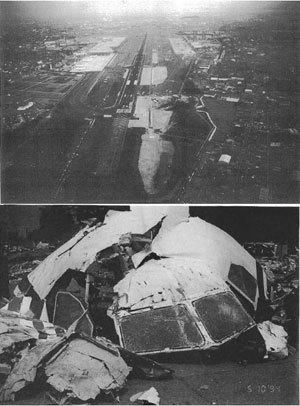
On 27 April 1994, officials said there were ten survivors (including a 3-year-old) and that a Filipino, two Taiwanese, and seven Japanese survived. By 6 May, only seven remained alive, including three children. A doctor expressed surprise in response to the survival of two of the children.
Court proceedings
Japanese prosecutors declined to pursue charges of professional negligence on the airline's senior management as it was "difficult to call into question the criminal responsibility of the four individuals because aptitude levels achieved through training at the carrier were similar to those at other airlines." The pilots could not be prosecuted since they died in the accident.
A class action suit was filed against China Airlines and Airbus Industrie for compensation. In December 2003, the Nagoya District Court ordered China Airlines to pay a combined 5 billion yen to 232 people, but cleared Airbus of liability. Some of the bereaved and survivors felt that the compensation was inadequate and a further class action suit was filed and ultimately settled in April 2007 when the airline apologized for the accident and provided additional compensation.
Software upgrade
There had been earlier "out-of-trim incidents" with the Airbus A300-600R. Airbus had the company that made the flight control computer produce a modification to the air flight system that would disengage the autopilot "when certain manual controls input is applied on the control wheel in GO-AROUND mode". This modification was first available in September 1993, and the aircraft that had crashed had been scheduled to receive the upgrade. The aircraft had not received the update at the time of the crash because "China Airlines judged that the modifications were not urgent".
